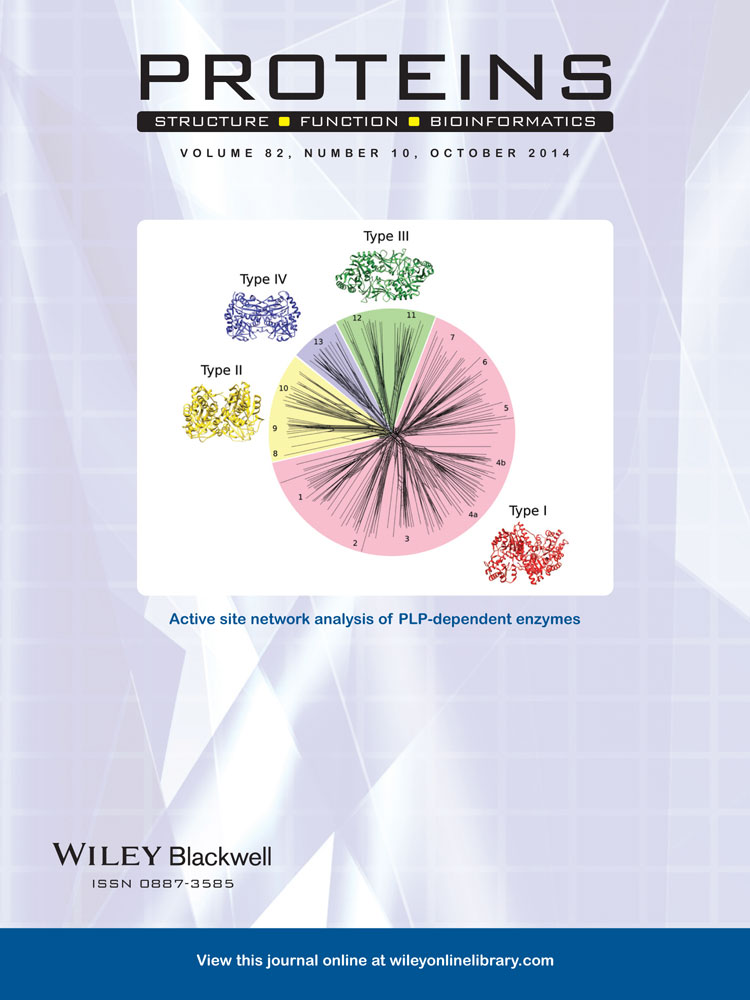Redesigning the type II' β-turn in green fluorescent protein to type I': Implications for folding kinetics and stability
ABSTRACT
Both Type I' and Type II' β-turns have the same sense of the β-turn twist that is compatible with the β-sheet twist. They occur predominantly in two residue β-hairpins, but the occurrence of Type I' β-turns is two times higher than Type II' β-turns. This suggests that Type I' β-turns may be more stable than Type II' β-turns, and Type I' β-turn sequence and structure can be more favorable for protein folding than Type II' β-turns. Here, we redesigned the native Type II' β-turn in GFP to Type I' β-turn, and investigated its effect on protein folding and stability. The Type I' β-turns were designed based on the statistical analysis of residues in natural Type I' β-turns. The substitution of the native “GD” sequence of i+1 and i+2 residues with Type I' preferred “(N/D)G” sequence motif increased the folding rate by 50% and slightly improved the thermodynamic stability. Despite the enhancement of in vitro refolding kinetics and stability of the redesigned mutants, they showed poor soluble expression level compared to wild type. To overcome this problem, i and i + 3 residues of the designed Type I' β-turn were further engineered. The mutation of Thr to Lys at i + 3 could restore the in vivo soluble expression of the Type I' mutant. This study indicates that Type II' β-turns in natural β-hairpins can be further optimized by converting the sequence to Type I'. Proteins 2014; 82:2812–2822. © 2014 Wiley Periodicals, Inc.




